








Hello readers! We are pleased to bring you the Summer/ Fall 2024 edition of Dimensions! The UW Memory and Brain Wellness Center recently celebrated the 2-year anniversary of our landmark project, the Memory Hub, a nationally unique community center on Seattle’s First Hill for people living with dementia and their families. The Memory Hub brings five organizations together under one roof to offer resources, support groups, and programs for people living with memory loss and care partners. This endeavor has turned out better than I ever imagined.
Last year, a total of 2,225 people were served onsite and virtually. The Memory Hub launched 5 new programs—some unique in our nation—and held over 45 caregiver support group meetings. Over 70 people visited the Memory Navigator program, accessing individual appointments with an Alzheimer’s Association social worker. While we celebrate this positive impact, we are working harder than ever to grow our offerings, especially our nature engagement programs that happen in Maude’s Garden at the Memory Hub and other healing environments in the Pacific Northwest.
Read more on page 5 about the growing services offered by the Alzheimer’s Association at the Memory Hub. “We hear all the time people saying, I wish I found this program 4 years ago,” says our collaborator who runs Alzheimer’s education sessions and support groups. We hope that greater awareness of the Memory Hub will mean that more families find the caregiving resources, legal matters, and engagement opportunities, when it can be most impactful.
The MBWC is home to a National Institute on Agingdesignated Alzheimer’s Disease Research Center (ADRC), where a growing outreach team has forging partnerships with the diverse local communities we hope to serve and welcome into research on brain aging and Alzheimer’s disease. Ultimately, the work of our scientists and study staff will fuel more effective approaches to prevention, diagnosis, care, and treatment. On page 4, we highlight new studies that relied on the data and specimens donated by research participants enrolled in our ADRC’s Clinical Core.

In this issue, read about the latest findings in Alzheimer’s research (page 6) and our faculty spotlight (page 11). Through a personal essay, local formal caregiver shares what he learned about communication and Alzheimer’s through caring for his late wife (page 12). The cover story delves into a new experimental guided conversation game for people living with dementia and their family members (page 8).
At the end of this issue, please find our acknowledgment of the generous donors who support our research and community initiatives. Your interest and contributions make a big difference and help us advance the day when threats to memory and brain health will be detected and prevented as the standard of care.
Happy reading!

Thomas J. Grabowski, MD, Director

Genevieve Wanucha, MS Dimensions Editor

Kimiko Domoto-Reilly, MD
Outreach, Recruitment and Engagement Core Co-Lead
UW Memory and Brain Wellness Center
The Memory Hub
Web: uwmemoryandbrain.org thememoryhub.org
Twitter/X: x.com/MemoryBrain_UW
Facebook: facebook.com/UWMBWC | facebook.com/MemoryHubWA
UW Alzheimer’s Disease Research Center
Web: uwadrc.org
Facebook: facebook.com/UWADRC
En Español Web: memoria.uw.edu
Thank you to Ann Mathews for serving as the guest designer of this edition!

Ann recently graduated with a Master’s degree from the UW School of Design. On page 8, find a story about her project completed during her time as the Memory Hub Design Intern.
We want to hear from you!
• What is your favorite part of this publication?
• What could we do better?
• What would you like to see more of?
Do you have a story or creative project that you would like to share with the community?
Email the editor at: mbwc@uw.edu
The UW Medicine Memory and Brain Wellness Center (MBWC) promotes the well-being of persons living with memory loss and their families, by providing exceptional care and building dementia-friendly communities. The MBWC is home to the UW Alzheimer’s Disease Research Center (UW ADRC), affiliated with the Veterans Affairs Puget Sound Health Care System. The UW ADRC has been funded by the National Institute on Aging since 1985 to facilitate cutting-edge research on Alzheimer’s disease and other neurodegenerative conditions that cause dementia. The UW ADRC focuses on Alzheimer’s disease biomarker research and advancing prevention methods and clinical treatment for dementia, particularly through precision medicine. This publication connects readers with the latest news in research, clinical care and community at our Center. The newsletter is produced by the MBWC communications team, under the leadership of MBWC and ADRC Director, Dr. Thomas Grabowski, MD. Questions or submissions, please contact mbwc@uw.edu.
The MBWC is the proud home of an NIA-designated Alzheimer’s Disease Research Center (ADRC). Our investigators are busy conducting research, writing up their study findings, and publishing those results in medical journals. Here, we provide a quick update on some of the recent important studies that were supported by our research participants, clinic families, and funding from our federal research grant, AG066509.

resistance
Alzheimer’s // Augustine Chemparathy et al. Neuron, Apr. 2024
About 25% of people carry a copy of the ε4 variant of the apolipoprotein E (APOE) gene. APOE ε4 is the strongest genetic risk factor for Alzheimer’s disease after age 65. Researchers are interested in whether “knocking down” the function of ε4 may provide a therapeutic strategy. Researchers studied seven people who carry a rare non-functional version of APOE ε4. Most of these people had remained cognitively healthy until or beyond age 75, including one who remained healthy at age 90 and showed no Alzheimer’s disease in their brain at autopsy. These results suggest that knocking down or silencing APOE ε4 is a promising therapeutic approach and deserves further study.
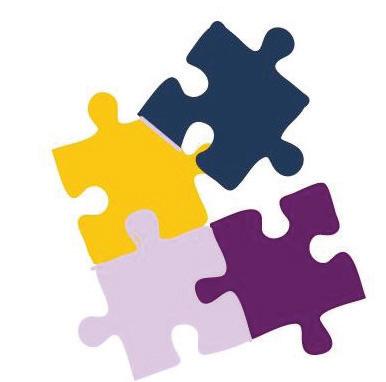
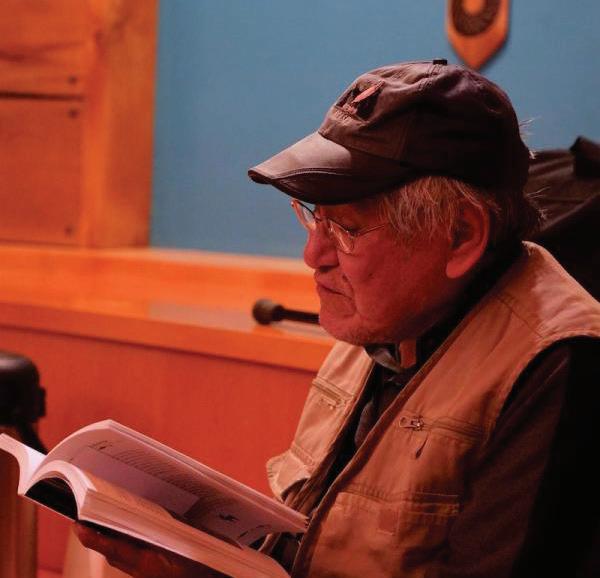
Plasma biomarkers of Alzheimer’s disease in American Indians // Astrid Suchy-Dicey et al. Alzheimers Dementia, Mar. 2024.
A blood test for Alzheimer’s disease and related dementias would provide an inexpensive, noninvasive way to detect and diagnose these diseases in clinics and research. The authors have completed the first report on the accuracy of blood tests for Alzheimer’s disease and other brain diseases among older American Indian individuals. The team collected blood in 401 participants in the Strong Heart Study, and they analyzed markers of four different molecules known to be involved in Alzheimer’s and other dementias. They found that a panel of all four markers, alongside age, sex, and education level, worked best to diagnose dementia in the American Indian and Alaska Native population.
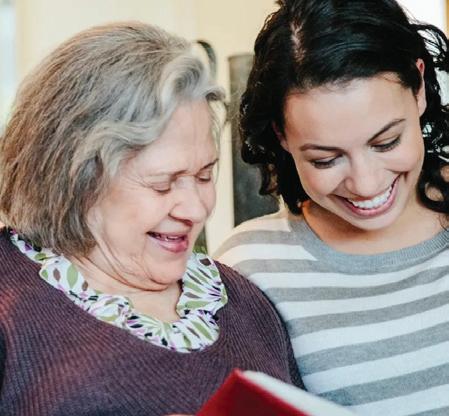
Dementia-friendly health and social policy, medical care, and community support // Barak Gaster and Emily Largent. The Hastings Center Report, Feb. 2024
People living with memory loss and caregivers deserve to experience fulfilling lives within a community of support. But as the authors point out, “the US does not have a dementia care system that is universally available and not reliant on the labor and resources of unpaid family caregivers.” They argue that well-funded and coordinated dementia care programs would lessen caregiver burden and improve the lives of people with dementia. They advocate for payment for dementia care managers and new systems to deliver high quality palliative care that tailored to dementia symptoms. These changes could inform discussions around advance care planning and respecting wishes for end-of-life care.
Improving diagnosis of CADASIL and early-onset Alzheimer’s disease //
CADASIL is a neurological condition associated with both stroke and dementia, caused by a mutation in the NOTCH3 gene. But when a person develops dementia as a first symptom of CADASIL, it can be very difficult to distinguish the condition from dementia caused by Alzheimer’s disease. Researchers searched the genetic codes of individuals from three generations of a large family affected by inherited Alzheimer’s disease. These family members have a decades-long history of ADRC research participation. Among affected family members, the team found a specific variant of the NOTCH3 gene that causes a condition of early onset dementia. This finding revealed that the inherited disease in this family is caused by CADASIL, not Alzheimer’s disease. This knowledge will help individuals at risk for this condition to receive more tailored genetic testing, counseling, and resources.
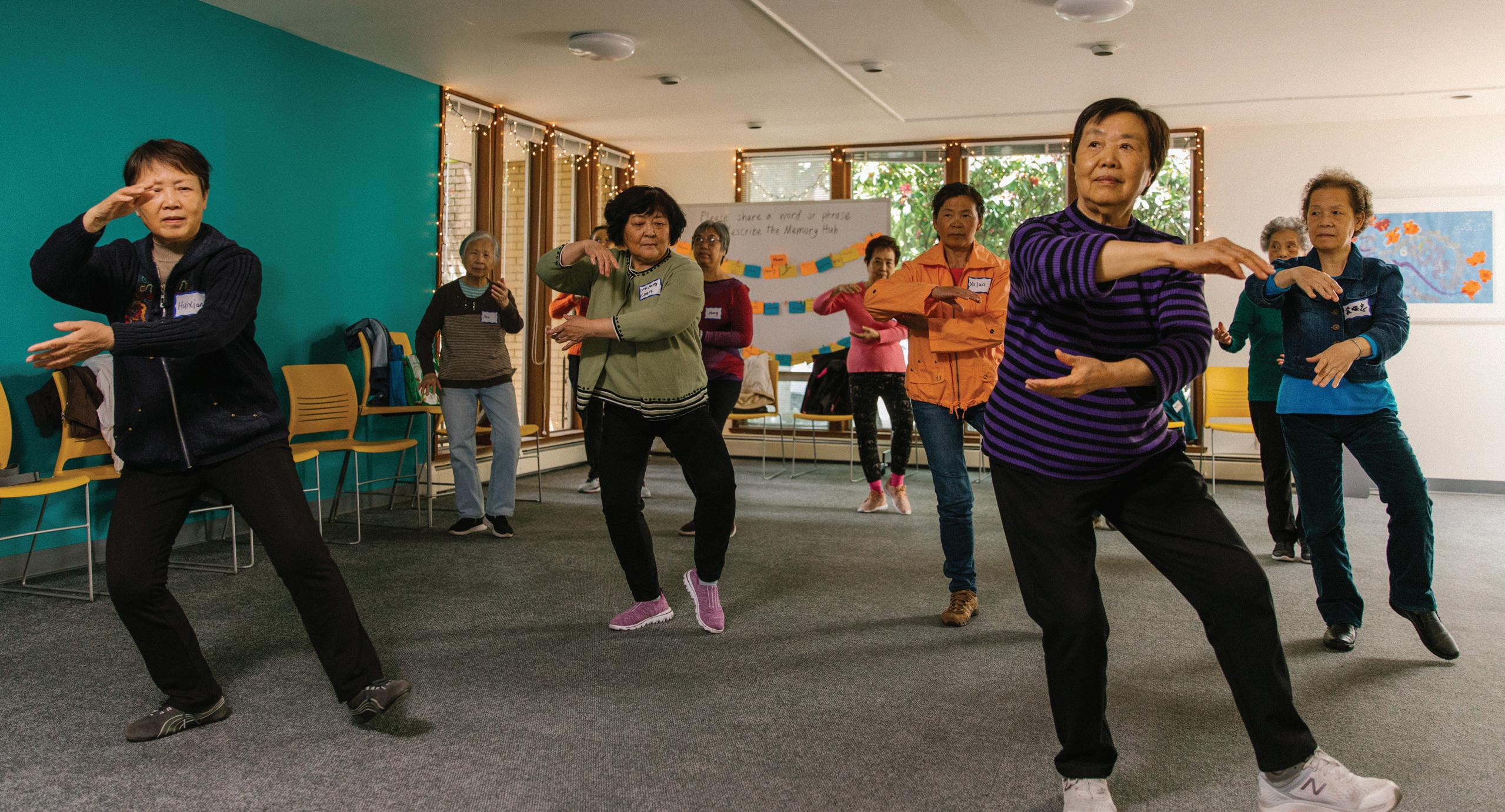
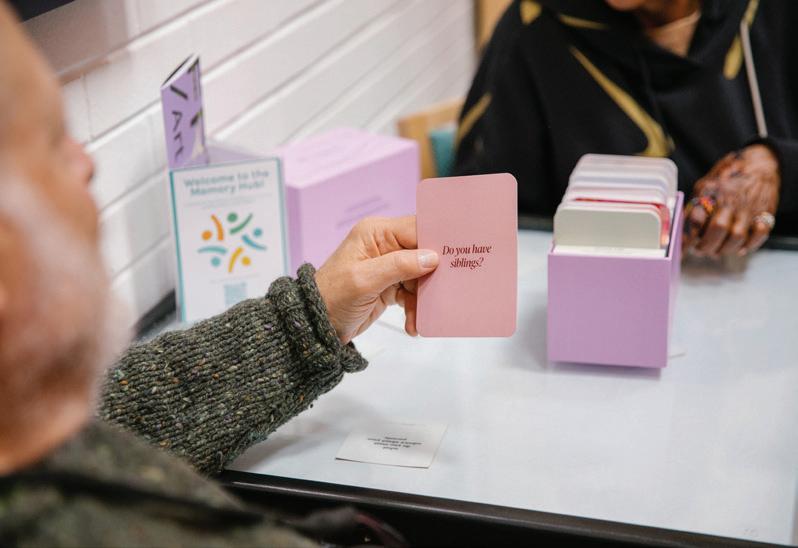


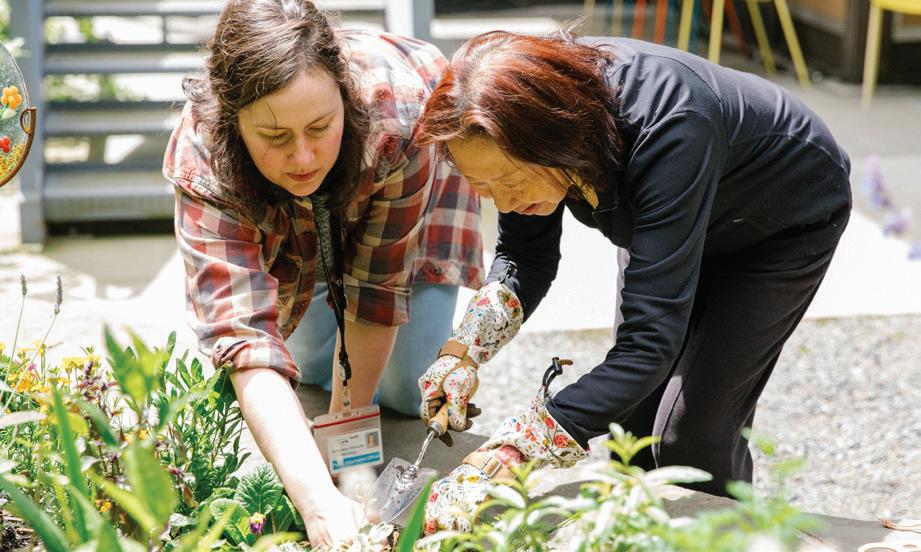

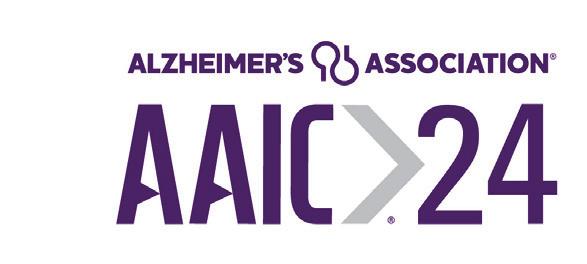
The Alzheimer’s Association International Conference is the largest international meeting dedicated to advancing dementia science and clinical practice. Each year, AAIC convenes researchers, clinicians and dementia professionals from all career stages to share breaking research discoveries and clinical practice education that will lead to improvements in diagnosis, risk reduction and treatments for Alzheimer’s disease and other dementia. This year, several big findings with relevance to brain health grabbed headlines. Here’s the down low on some of the preliminary research presented at the conference.
One study showed that people who regularly eat processed red meat products, such as hot dogs, bacon, sausage, and bologne, have a greater risk of developing dementia later in life. The study followed more than 130,000 adults in the United States for up to 43 years to assess the association between red meat and dementia. During that period, 11,173 people developed dementia. Those who ate about two servings of processed red meat per week had a 14 percent greater risk of developing dementia compared to those who ate fewer than three servings per month. The study did not find a significant increase in dementia risk from eating unprocessed red meat, such as steak or hamburgers. The study found that the chance of getting dementia would fall by 20 percent if people replaced a daily serving of bacon or sausages with nuts, beans or tofu.
The 2024 Lancet Commission on Dementia Prevention, Intervention, and Care was presented at the AAIC. This report highlights recommendations for policy makers and individuals to help reduce dementia risk worldwide. It estimates that 7% of cases of dementia are attributable to high low-density lipoprotein (LDL) or “bad” cholesterol in midlife from around age 40 years, and 2% of cases are attributable to untreated vision loss in later life. Other risks, linked to 40% of all dementia cases, include lower levels of education, hearing impairment, high blood pressure, smoking, obesity, depression, physical inactivity, diabetes, excessive alcohol consumption, traumatic brain injury, air pollution and social isolation. This report, as well as the two prior reports, is influenced by research at the University of Washington, particularly studies on the role of exercise and treatment of cataracts and hearing impairment in dementia prevention. UW ADRC’s Eric B. Larson, MD, MPH, affiliate professor of medicine in the UW School of Medicine, has now worked on all three Lancet reports on dementia risk.
At the AAIC, findings from a randomized double-blind placebo-controlled drug trial on liraglutide made a buzz. The drug is in a class of treatments known as GLP-1 Agonists, which are currently being used to help people manage diabetes, lose weight, and lower their risk of heart disease, stroke, and kidney disease. Among 204 people with mild Alzheimer’s dementia, those taking liraglutide lost 50 percent less brain volume overall in parts of the brain that affect memory, learning, language, and decision-making, compared to placebo. While these results are not definitive, drugmaker Novo Nordisk is currently conducting two large Phase 3 trials of the GLP-1 drug semaglutide, each with 1,840 participants, over the course of more than three years for early-stage Alzheimer’s disease. Results from these trials are expected by the end of 2025.
Another study reported a blood test that was around 90% accurate in identifying Alzheimer’s in patients with cognitive symptoms seen in primary care and at specialized memory care clinics. Blood tests could mean simpler, more accessible, more accurate, and earlier diagnosis of Alzheimer’s. Unlike a brain image or a spinal tap, a blood test would drastically reduce wait times for diagnosis and treatment. As newly approved treatments are indicated for people in the early symptomatic stages of the disease, using an easier way to detect early Alzheimer’s disease is important. While blood tests are ready to play a role in specialty care in specific circumstances, the issue of insurance coverage is not yet ironed out. As of now, there is no single test that can determine if a person is living with Alzheimer’s or another dementia. Physicians currently use diagnostic tools combined with medical history and other information including neurological exams, cognitive and functional assessments, as well as brain imaging, spinal fluid analysis, and blood tests, to make an accurate diagnosis.
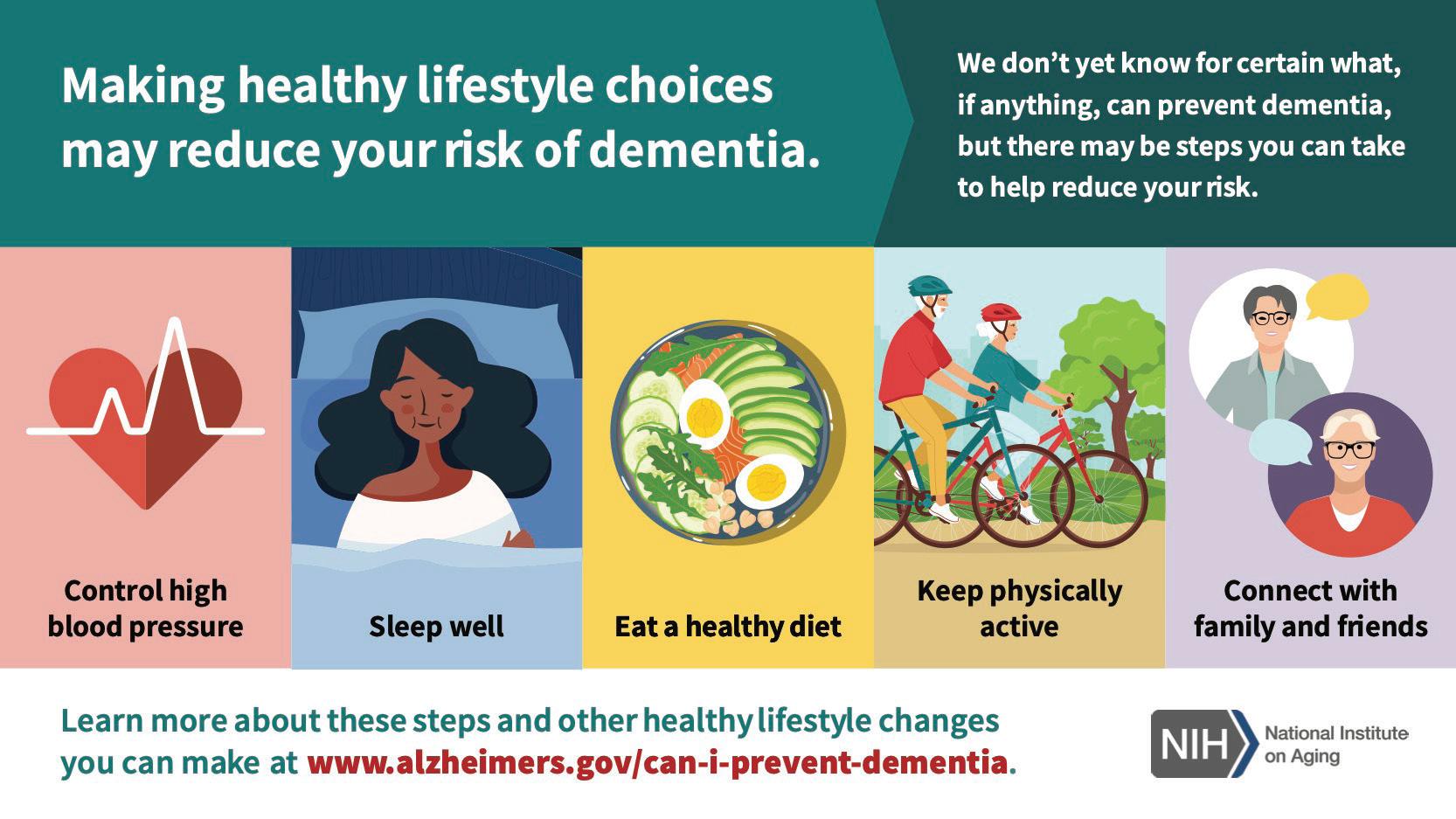
Adapted from materials by the Alzheimer’s Association
An ADRC outreach event at the Goldfinch elder’s housing unit, in partnership with our collaborators at Washington State University. Photo:
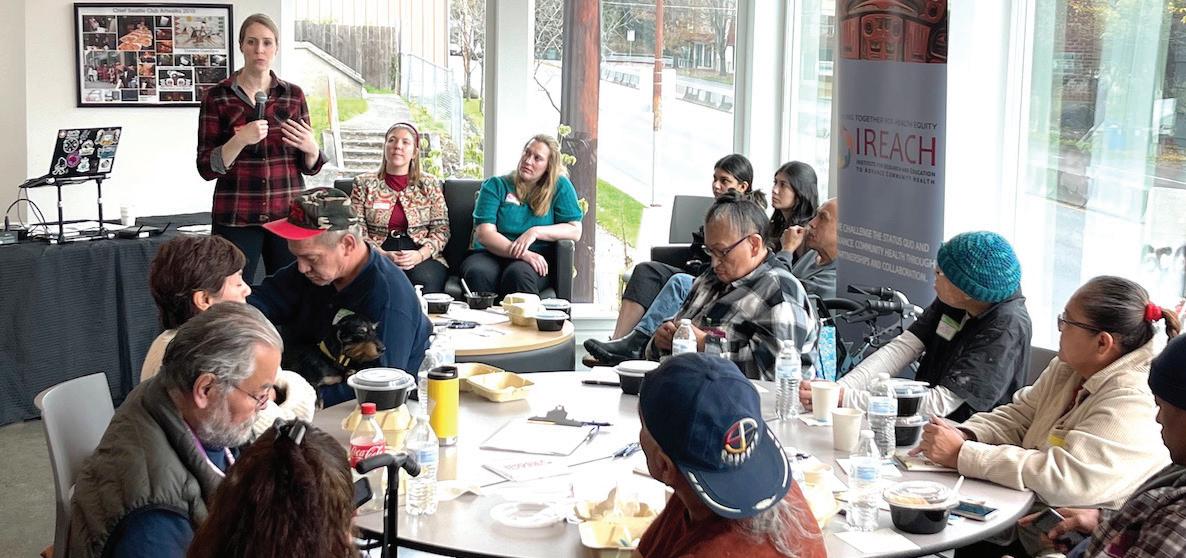
By Katherine Lopez, research coordinator
At the Alzheimer’s Disease Research Center (ADRC), we are dedicated to including a diverse set of community members in our study on how memory and thinking may change over time. It is important for this research to include everyone, so that findings are relevant to all groups. But for research to be tailored for all, we need to engage with community members and adapt study materials. This is where the NRRC steps in. The NRRC, or the Native Research and Resource Core, was created to increase the enrollment of American Indian and Alaska Native participants into the ADRC study. This Core is led by Dedra Buchwald, MD and Patrik Johansson MD, MPH (Cherokee).
Native populations have historically been underrepresented in Alzheimer’s research. “First and foremost, the historical trauma is a huge factor and barrier to participating in research,” said Breanna Jones, (Cherokee and Seminole Ancestry) Research Study Supervisor, WSU IREACH and ADRC. Mistrust of the medical establishment within communities of color can hinder individuals from participating in research.
To increase access to research opportunities for Native communities, the NRRC team conducted focus groups with American Indian and Alaska Native community members across the country to get their opinions on how the ADRC currently enrolls participants. The team then tailored the study protocol, so that it was better suited to members of Native and Indigenous communities. The team is now actively enrolling participants with the new culturally adapted protocol. As of late January 2024, the team has enrolled 18 participants.
The NRRC placed emphasis on community participatory

“I think one thing that sets our team apart is that we truly want to focus on the community. And we want it to be a partnership.”
– Breanna Jones (Cherokee and Seminole Ancestry) Research Study Supervisor, WSU IREACH and ADRC
research, as well as tailored educational resources. “I think one thing that sets our team apart is that we truly want to focus on the community. And we want it to be a partnership,” said Jones. The NRRC team also helped people navigate the enrollment process.
“It’s so exciting to see that we are getting closer to representing the diversity of our community in our research cohort,” says Annika Noreen, PhD, PMP, ADRC Program Manager.
In 2024, the NRRC is excited to work towards fostering a strong partnership with organizations including Chief Seattle Club, Daybreak Star Indian Cultural and Seattle Proper, while building new ties with organizations such as the Seattle Indian Health Board. “Together, we can do wonderful things,” said Jones, “I think that we can benefit from one another. It only strengthens our reach that much more.”

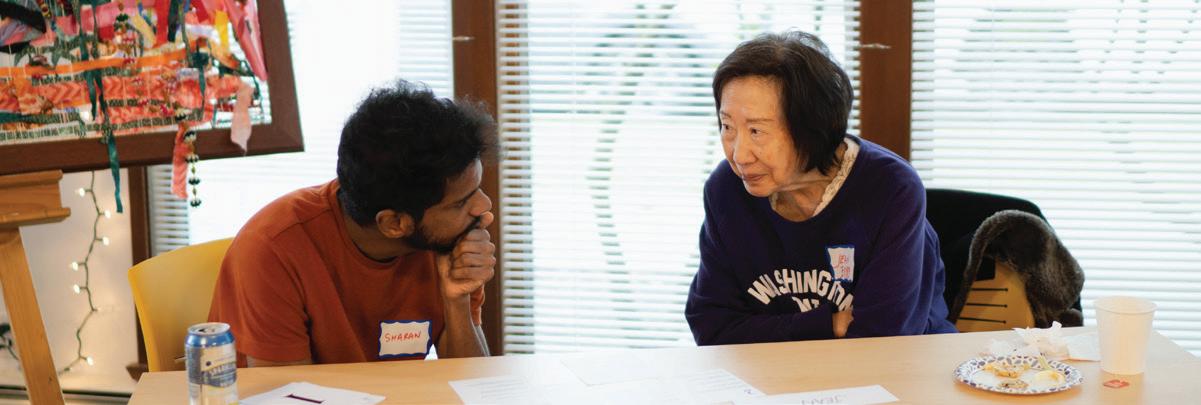

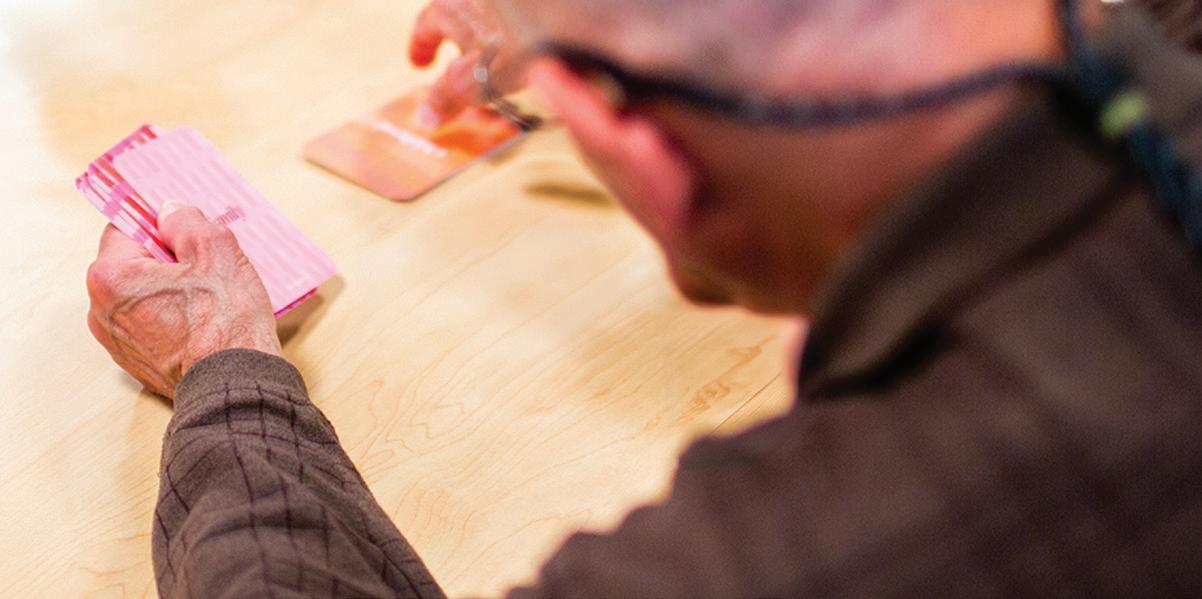
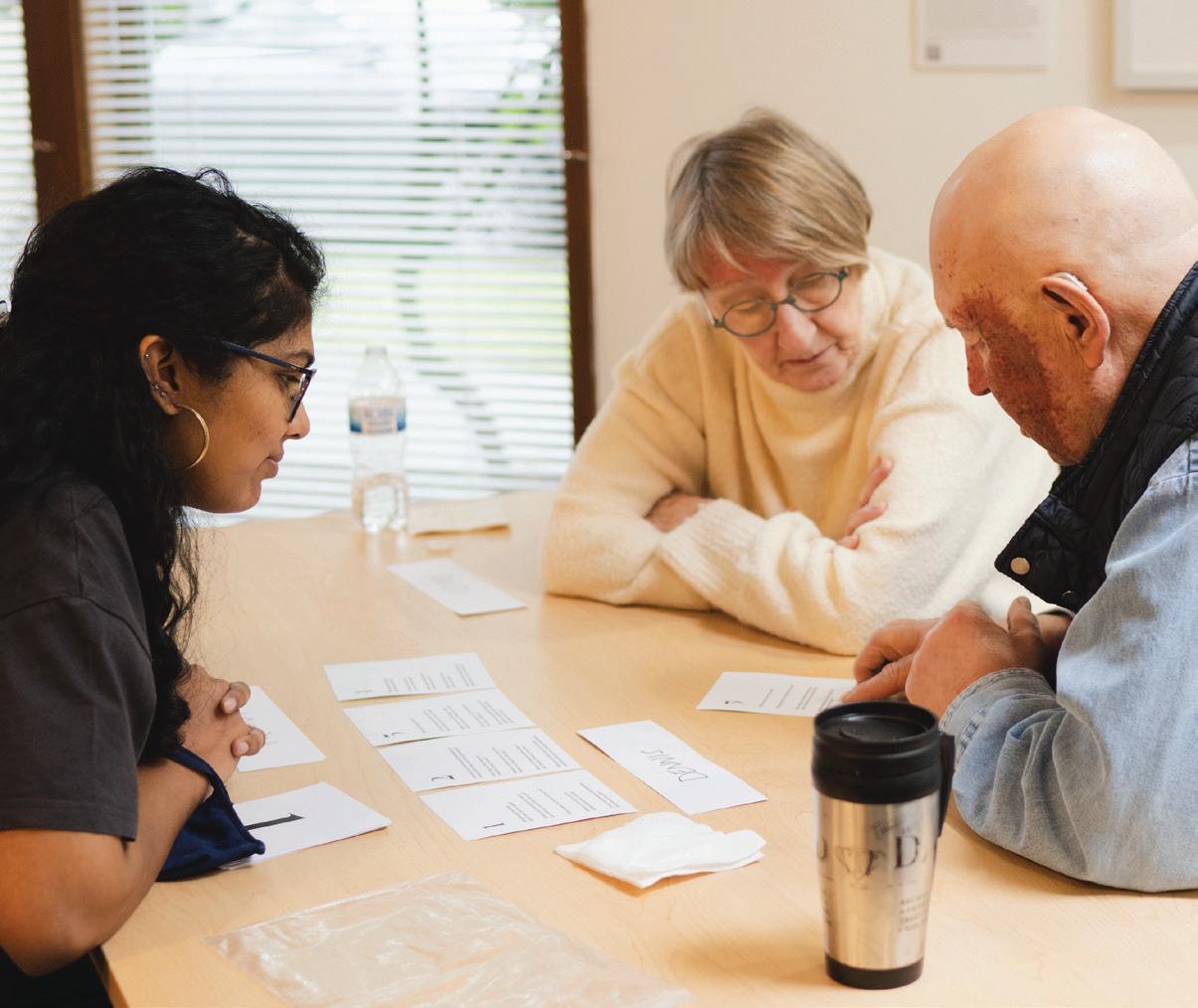
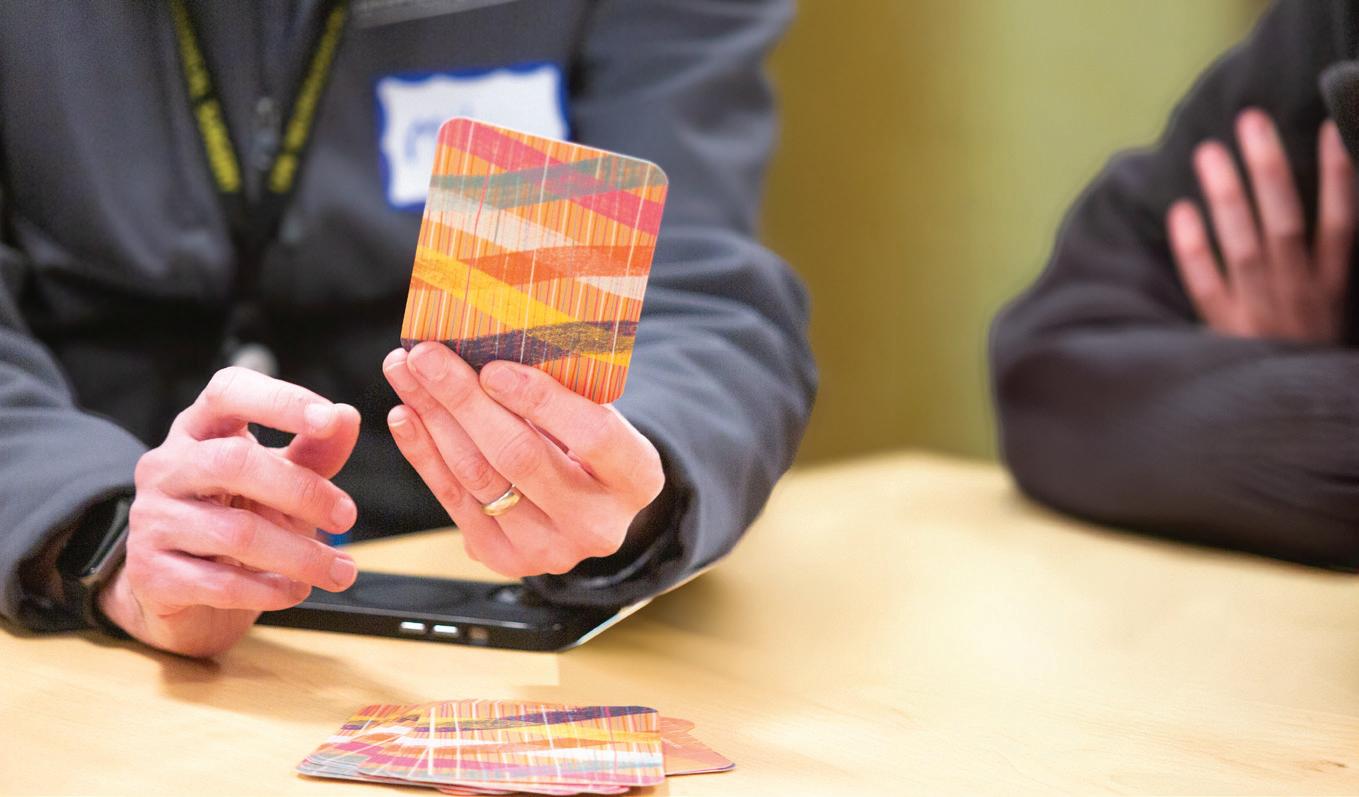
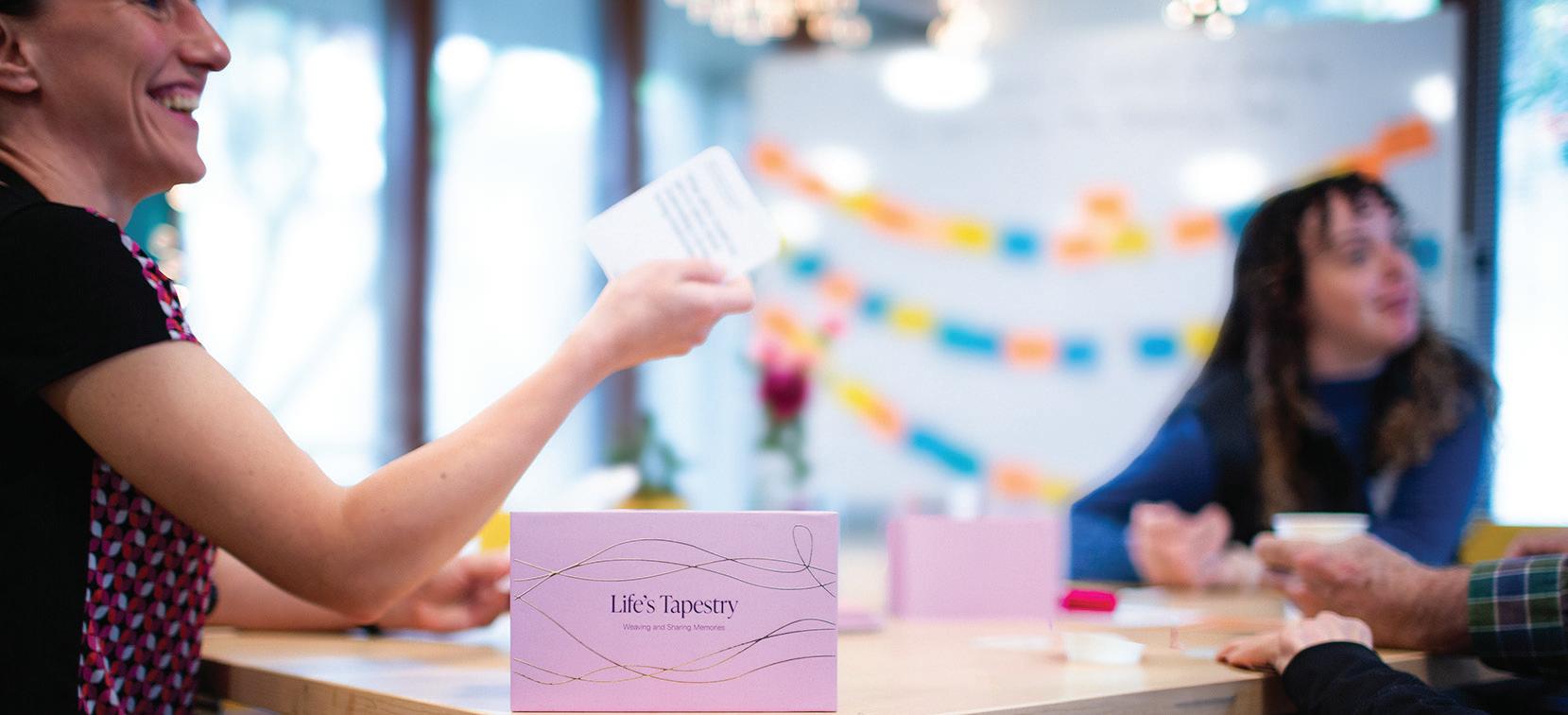
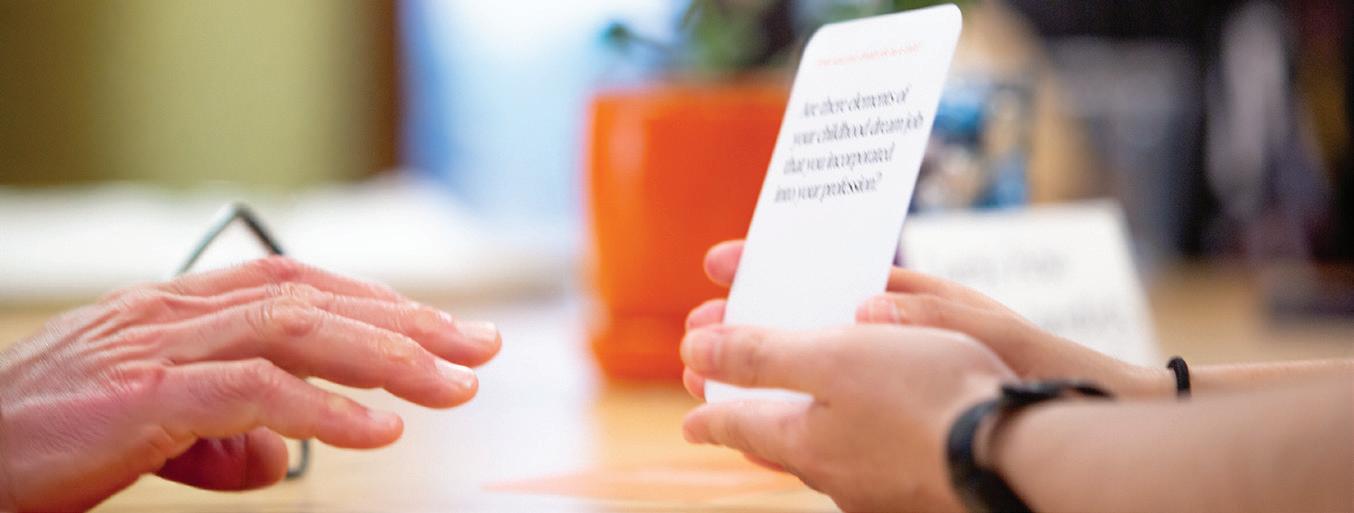



Two people sit in the Memory Hub atrium, enjoying a lively conversation, gesturing, and laughing. You would think they were old friends. In fact, they had just met ten minutes ago. They are talking about their childhood homes, prompted by a question from a card game called Life’s Tapestry.
Life’s Tapestry, designed by Ann Mathew for her master’s thesis in the UW School of Design, is a prompt card game meant to create meaningful interactions between two people. The box opens to reveal a set of question cards. Quirky ice breaker questions help dissolve any tension or nerves. Other categories of questions aim to trigger life memories and get players talking about various aspects of their past.
While this game can be enjoyed by anyone, it is intended to improve social interactions for people living with early-stage dementia and their friends and family members. Life’s Tapestry is designed to address the sense of personhood for people living with earlystage dementia.
“Our sense of self is essentially formed by the many stories of our lives,” says Mathew. “And the more we talk about these stories, the more they are cemented in our brains. The purpose of Life’s Tapestry is to get people to reminisce and talk more about their lives. People with dementia have lived life longer than most of us have, and they have memories that we can learn from and help preserve.”
Currently, an estimated 6.9 million people in the United States live with dementia due to Alzheimer’s disease, and research suggests that half of these affected individuals have mild rather than moderate or severe cases. Without an effective drug to prevent dementia, non-pharmacological and social interventions are crucial for improving wellbeing, especially at a time when social interaction may be
growing more challenging.
Mathew first piloted her game with people living with memory loss and their partners at the Memory Hub community center, along with volunteers from younger generations. “The live feedback from people after the pilot was really, really special,” she said. A woman said that she had learned something about her husband of 50 years that she had not known before, as some of the questions triggered memories from his childhood that they had never spoken about. Others commented that they hadn’t realized how much time had gone by. With her background in Visual Communication Design, Mathew had the right tools to tailor the design of the cards to be accessible and inclusive of people living with early dementia. She focused on the cards’ size, feel, and colors to the positioning of the words on the cards.
Mathew’s time volunteering at the Memory Hub had a profound influence on the card game’s development. “I think the greatest thing I’ve gotten from the Memory Hub is the beautiful conversations I’ve had with people. That became the foundation of my project, a driving force.”
Even the name of the game, Life’s Tapestry, was inspired by her experience at the Memory Hub. During the Memory Hub’s Open House in the fall of 2023, Mathew helped coordinate a community weaving project. People chose scraps of different fabrics and ribbons and wove them through the strings of a large loom. The finished tapestry, now hanging at the Memory Hub, reflects the work of an entire community. “Memory is not just a singular thread,” says Mathew. “Memory is like a tapestry, where each of our memories is interwoven with other people’s memories to create our life stories.” • Genevieve Wanucha
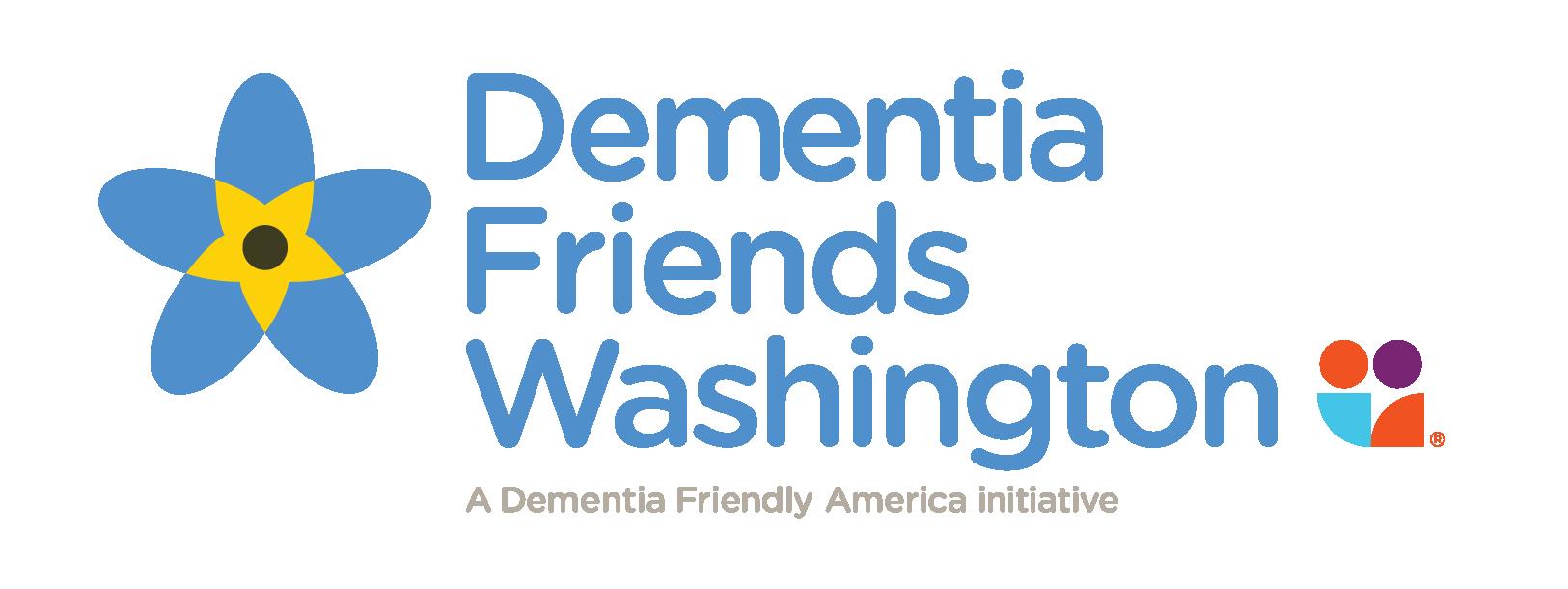
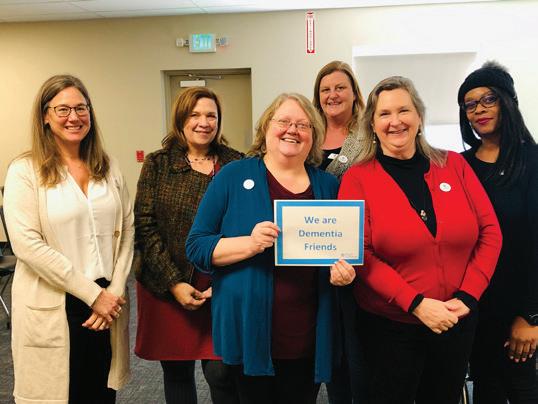
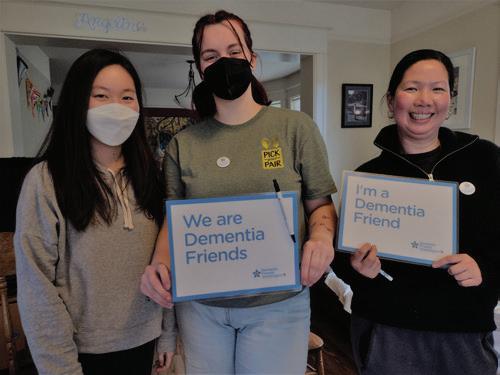
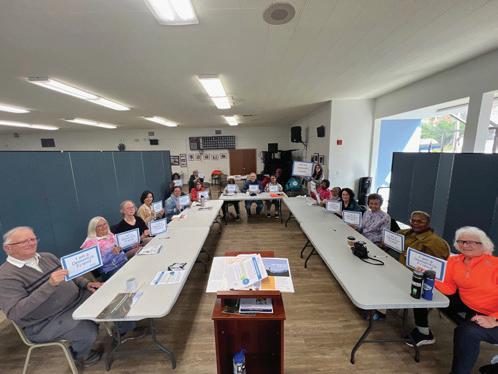
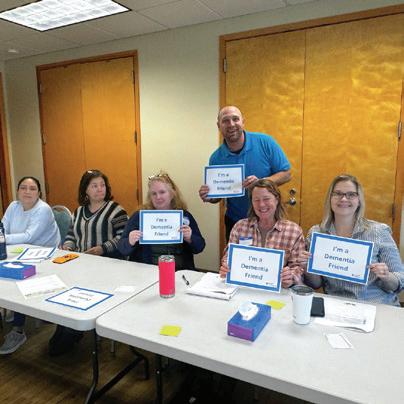



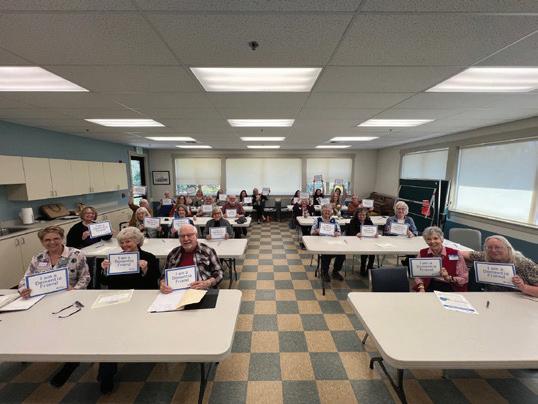




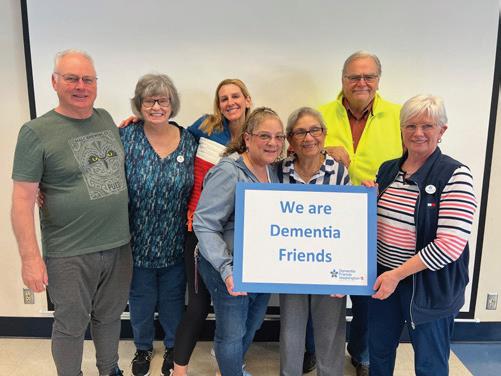
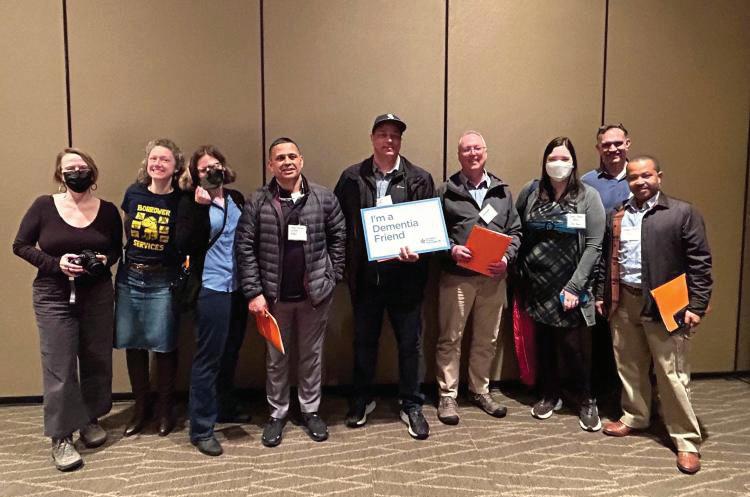
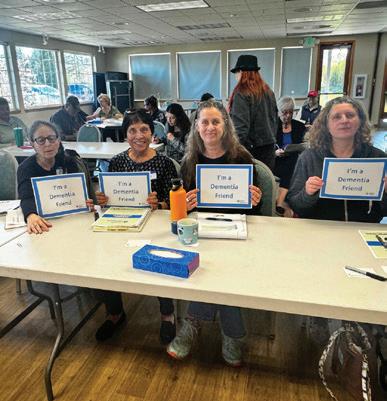







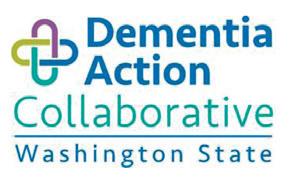
Swati Rane Levendovszky, PhD Associate Professor of Radiology at the University of Washington @ UW ADRC Imaging and Biomarker Core
As the saying goes, what’s good for the heart is good for the brain. Our brain health depends on our heart health, specifically on the working of the vessels that transport blood around the brain. Lifestyle factors, such as diet and physical activity, can impact these vessels. Studies show that risk factors for cardiovascular disease, including high blood pressure, smoking, diabetes, obesity, and heart problems, are linked to raised risk of Alzheimer’s disease and other causes of dementia.
This link between cardiovascular risk and Alzheimer’s disease has a biological basis; cardiovascular risks manifest as cerebrovascular disease. The UW Alzheimer’s Disease Research Center (ADRC) became one of the first Centers to show, in 2012, that almost 80% of brains affected by Alzheimer’s disease also show abnormalities in the brain’s blood vessels, on autopsy. This finding suggests that the cognitive symptoms of dementia are often not explained only by the Alzheimer’s pathology of amyloid and tau; they may also involve vessel pathology.
Early in her career, Swati Rane Levendovszky, PhD, who is now an associate professor of radiology at the University of Washington, was inspired by this 2012 study and her mentor, Director of the ADRC, Thomas Grabowski, MD, to explore blood vessel pathology and its relation to Alzheimer’s disease in the living brain. She uses magnetic resonance imaging (MRI), which is a method of imaging the living brain that reveals brain structure and function and how changes in them relate to symptoms of disease.
“My research focuses on understanding what these vessels are doing, and how they affect the workings of the brain and contribute to Alzheimer’s disease,” she says. “I think of MRI as my window into a person’s brain.”
Rane Levendovszky has helped the ADRC grow into a top Center for vascular imaging with unique capabilities. “All NIA-funded Alzheimer’s research centers around the country can study how the blood flows in the brain, but UW ADRC researchers can study more,” she says. “We can study the properties of the vessel walls and how they supply blood to the brain tissue.” For example, her team can see whether the vessels can increase the blood supply to the brain when someone is doing a cognitive task, such as thinking hard. These measures can reveal a lot about how Alzheimer’s disease and other pathologies are affecting the brain.
Rane Levendovszky is the newly proposed lead of the UW ADRC Imaging and Biomarker Core, which collects and analyzes ADRC brain imaging and biofluid samples and then provides the data to neuroscientists. This Core provides the resources needed for understanding how Alzheimer’s develops in the brain.

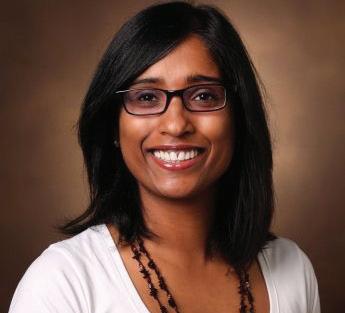
“Swati has become essential to all MRI operations for the ADRC and other studies. She is garnering a national reputation as an expert in vascular MRI,” said Thomas Grabowski, MD, Director of the ADRC.
Blood vessels are also critical to the integrity of the blood-brain barrier, which protects the brain from toxic molecules. As we age, inflammation or Alzheimer’s disease can degrade these vessels and allow damaging molecules to slip through into the brain. Rane Levendovszky and her team have developed an MRI method that can assess blood-brain barrier permeability, or ‘leakiness.’ This method is novel and unique to the field because it is safer to use in older people or those who have poor kidney function.
Rane Levendovszky is a member of DEBBIE, a worldwide consortium that aims to develop advanced MRI techniques to assess the blood-brain barrier and use these measures for early biomarkers for Alzheimer’s disease. These biomarkers will provide ways to detect and monitor this early stage of disease.
In this vein of work, Rane Levendovszky is mentoring Briana Meyer, PhD, postdoctoral scholar in the UW Department of Radiology on an ADRC-funded project to establish MRI biomarkers of blood-brain barrier dysfunction. One of their aims is to ensure the inclusion of Hispanic and Latino/a/x participants, who are known to have a higher risk of vascular disease than Caucasian populations but who are historically underrepresented in research.
Because of her recognized expertise, Rane Levendovszky was called to work on a national multi-site study called Clarity in Alzheimer’s Disease and Related Dementias Research Through Imaging (CLARiTI). This NIA-funded effort will provide new imaging and blood-based biomarkers for mixed dementia, which is the term for when more than one disease contributes to dementia.
Rane Levendovszky is part of the advanced MRI team of senior scientists across the country within CLARiTI, which leads the innovation in MRI to make it more specific to the study Alzheimer’s disease.
“Our participation in CLARiTI is a big highlight of the past year, and becoming part of DEBBIE is another highlight,” she says. I think it’s a win for the University of Washington and our ADRC.” • Genevieve Wanucha
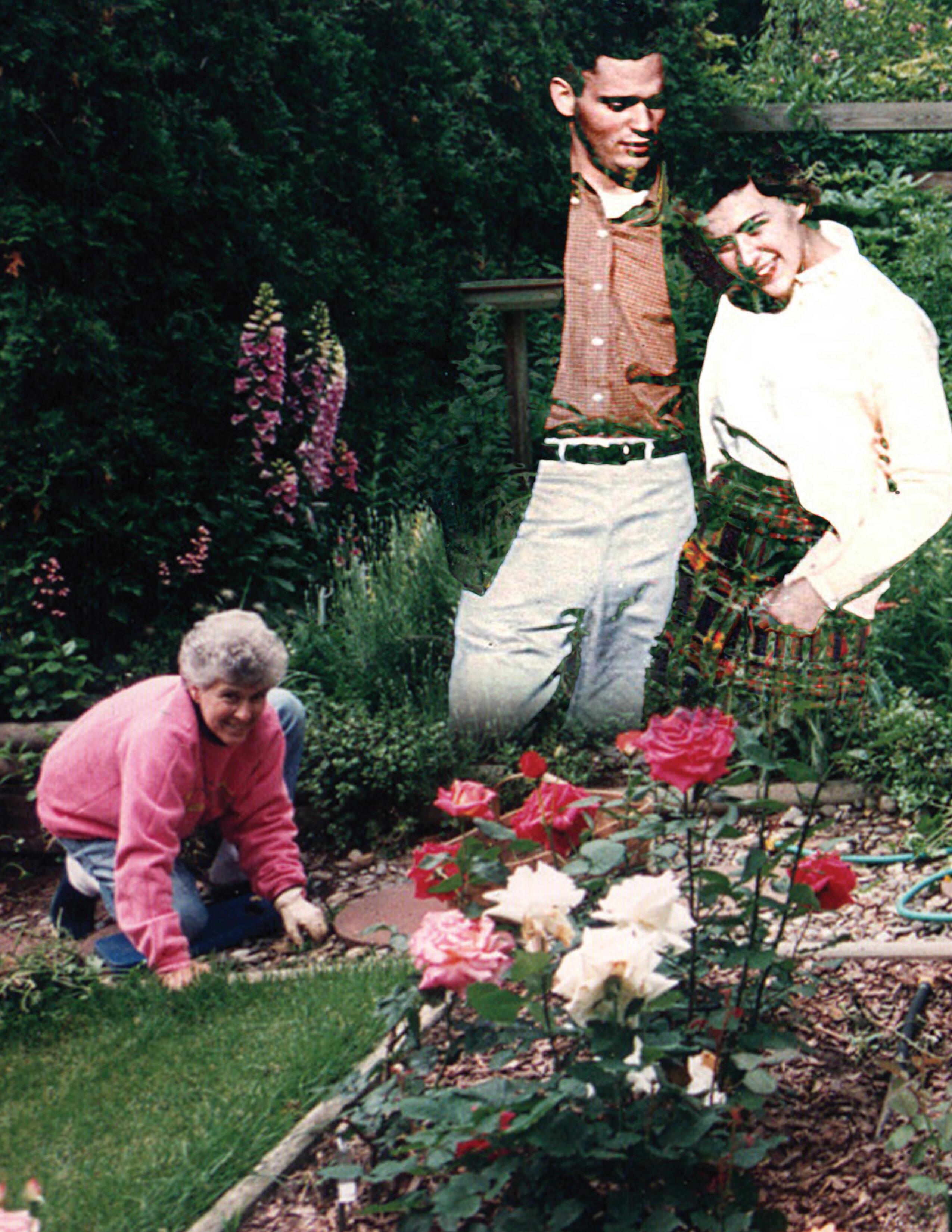
By Alan Jaffe
I was the caregiver for my late wife Gail over the last five years of her life. Gail died in 2018 at 80 years old. I hope to share my experience with other caregivers and relate how changing my way of communicating helped us.
Gail worked for 40 years as a professional social worker and psychotherapist. After Gail retired in 2000, she gave 240 medical books to medical institutions. She was also an avid gardener, who maintained a perennial garden at our home in New York state. It contained one hundred roses, which bloomed every May and June. I remember people asking Gail if she was a master gardener.
background had helped us to do the best we could under ever-changing medical conditions. But now, talking together was presenting a problem.
I remember people asking Gail if she was a master gardener.
In 2000, she noticed some mental problems interfering with her work and her life, and she began to seek out a neurologist. As we planned for many years, we moved from New York to Tucson, Arizona. Here she found a neurologist to evaluate her over time. Gail had always been active. She had an interest in pets and taking care of them. In 2001, Gail started daily horseback riding on a Lipizzaner Horse. She rode this horse for 10 years, and she loved every minute of it.
While Gail was horseback riding, I drew. In 2007, I started a new art hobby in Photo Realism Pencil Drawings. I had one art show in Tucson in 2012.
For many years we traveled, taking advantage of being together while we could. Gail’s health eventually prevented us from traveling in 2014. Thinking of our future, we realized there were medical benefits of moving into Assisted Living.
In 2015, Gail was diagnosed with Mild Cognitive Impairment, and I noticed changes in her behavior. Yet, she made every effort to deal with the oncoming medical situation. She remained positive, and it was remarkable. I have evidence going back to 1998 of her preparing for the possibility and recognizing what could be done as she faced her mental challenges. Her awareness of this disease and her being active in making things happen helped us, as a couple, to deal with the slight changes occurring then.
Eventually, the neurologist diagnosed my wife with possible or probable Alzheimer’s disease. Her neurologist was confident that I would need help taking care of Gail.
As a full-time caregiver, I recognized our relationship had changed. Her professional
I could see her desire to do the things she has always loved. I tried to suggest things she might like to do. I would typically ask questions like this: “Do you want to go to Chico’s for a sweater? What would you like to have for lunch today? What are you reading?” These questions seemed to frustrate my wife. I didn’t recognize her. I think that questions put pressure on her to make a complex decision and led to anxiety and maybe fear and stress.
I wasn’t aware of the many mental steps she was going through to communicate what she had to do.
Conversations were leading to uncomfortable situations. For example, if I asked her “what clothes” she wanted to wear, she would change her mind many times. It was up to me to figure it out how to make things better. I had to relearn how to talk to my wife who I’d known for 62 years.
I changed my way of talking. Instead of asking her questions, I would try and prompt her to share her thoughts. To help her choose her clothes, I said, “It is very warm outside right now, and I have on a lightweight shirt. She replied, “I have one too.”
Instead of saying, “Do you want to go buy new clothes? I would say, “I haven’t been with you to Chico’s in a while…” Gail would then come up with the idea of us going to Chicos. It was empowering.
Another time, when I wanted to ask if she’d like to take a walk, I changed the question into: “I see some of the cacti here are in bloom and I want to go out and take some pictures of them.” She then told me that she wanted to go out.
I realized that if I didn’t ask things as questions, she was able to do what she wanted, as she saw fit. She could get dressed and ready to go on her own terms. It seemed to be working on a small scale. I also noticed that we were able to be social with other people for short periods. She enjoyed short visits.
It was tiring to always be thinking of what and how to phrase things. But it was working. I didn’t mind getting tired. I had to be aware and just not ask a question. >>>

Alzheimer’s Association Resource: Communication and Alzheimer’s www.alz.org/help-support/caregiving/daily-care/communications
Thank
you to everyone who recently donated funds of over $2,000 to support Alzheimer’s disease research or care!
October 1, 2023 – May 6, 2024
Washington Research Foundation
Barton Family Foundation
Richard Newcomb Barton
William Henry Gates III
Thomas J. Alvis
George Henry Brown Jr.
Richard A. Cabe Jr.
William D. Carr Jr.
Roy W. Chapel
Eugene C. Chellis
Michael M. Crete
Gerald L. Daily
Jayan Eledath
Ellison Foundation
Tom Alan Ellison
Fidelity Investments Charitable Gift Fund
William H. Fraser
Robert P. Jandl
Kent Eagles Auxiliary #362
Fredrick Krieger
Sandra J. Lewis
Donald A. Lockwood
Tami Lowry
Lisa Marie Magnusson
Lillian L. McMullin
Paul D. McTaggart
Nancy Highiet Morse
Names Family Foundation
Sheree Neal
Lynn Cowe Patten
Akari Takayama
The Frederick Foundation
The Kleeberger Family Foundation
The Seattle Foundation
Barbara Traaen
UBS Donor-Advised Fund
Janet S. Williams
David Chapman
Judith F. Fisher
Mark D. Spahr
Wylie Gilman Burke MD, PhD
Ross N. Case
Roy W. Chapel, Roy
Chandan Chauhan
Holly Coburn
Robert Bradley Fikso
Foster Family Private Foundation, Inc.
Mark A. Foster
Phyllis J. Hatfield
John B. Laughlin
Daniel S. Lessler MD, MHA
Lucky Seven Foundation
Dan G. Middaugh DDS
Zoe-Vonna Palmrose PhD
Judy Pigott
Michael J. Shaffer
Donald J. Stabbert
Craig E. Tall
Carol J. Fleck
The Fleck Family Foundation
Rick Boelke
Suzanne Tenney
Carl G. Behnke
James Cuthbert
Theresa Hogenson
Katherine Todd Hood
Pamela Ann Mitchell PhD
Marcos J. Policar
Carole E. Rush
Stoneway Electric Supply
The Anderson Foundation
The Schwab Fund for Charitable Giving
James M. Will
Thank you to everyone who recently donated funds of over $2,000 to support the Memory Hub!
October 1, 2023 – May 6, 2024
Pamela L. Baty
Emerald Heights Retirement Community
Epstein Family Foundation
Fairview Foundation
Richard M. Ferry
Angela Jean Hanson MD
Debby Hanssen
Charlotte H. Merritt
Merle Mullin
Peter W. Mullin Family Charitable Foundation
Paul R. Seegers
The Richard and Maude Ferry Foundation
Transforming Age Foundation
Carl Westphal
University of Washington MBWC
Dept. of Neurology
325 9th Ave.
Box 359791
Seattle, WA 98104


If you no longer want to receive Dimensions in the mail, please email mbwc@uw.edu to unsubscribe.